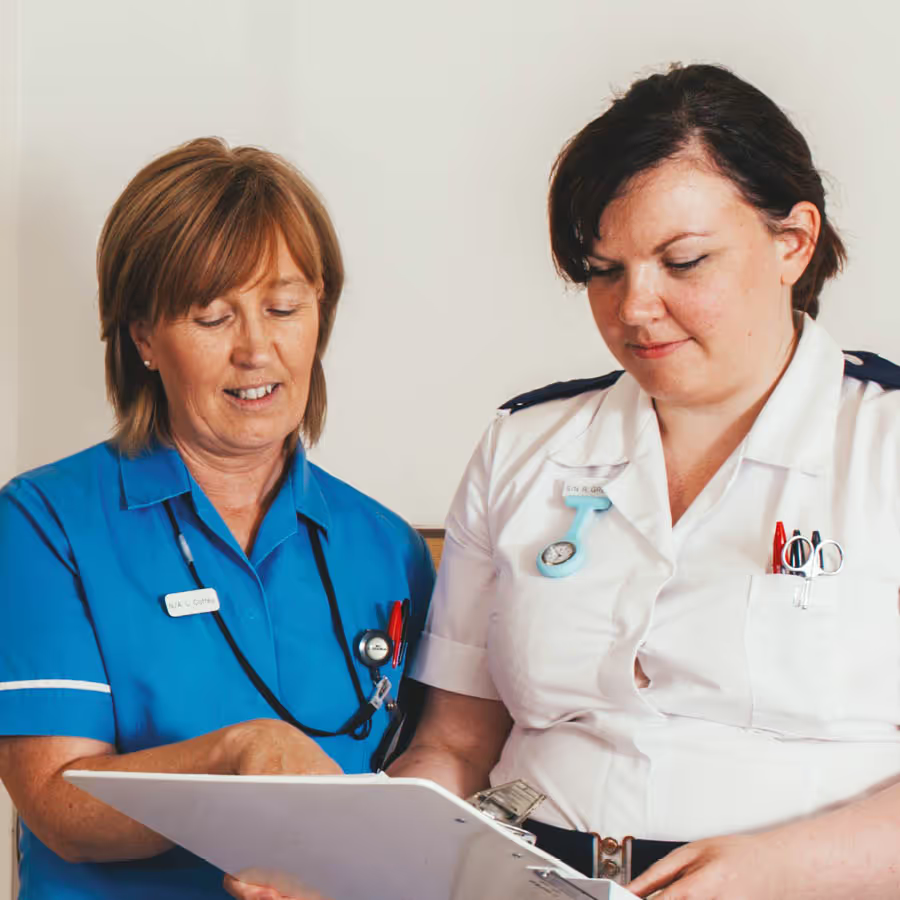Menu

Imaging
A CT scan (Computed Tomography) uses X-rays and computer processing to create detailed cross-sectional images of the body, helping detect tumours, injuries, heart or lung disease, and other conditions with greater accuracy than standard X-rays.

A CT scan, short for Computed Tomography scan, is a diagnostic tool which uses X-ray equipment and computer processing to produce detailed images of your body’s organs, bones, and other tissues. It's like taking a journey through the human body, one cross-section at a time, providing an in-depth view that traditional X-rays can't match.
Also known as a CAT scan, this technique examines bones, internal organs and other structures:
Initially, the patient lies down on a motorised examination table, which slides into the circular opening of a CT scanner. The scanner then rotates around your body, taking a series of pictures from different angles - similar to a high-tech, medical version of a panoramic camera. The resulting images are sent to a computer where they’re stacked together to form a 3D model of your body. This detailed view allows healthcare providers to examine your body, one slice at a time, and detect health conditions that aren't visible on a standard X-ray.
This diagnostic tool is incredibly versatile. It can be used to scrutinise almost any part of the body. Doctors may recommend a CT scan to detect tumours, investigate internal injuries or bleeding, monitor lung and heart diseases, assess bone diseases, or measure the size and location of an infection.
Apart from instances when you might be asked to avoid eating or drinking before the scan (especially if you need a contrast dye), there are no special preparations to make. You will be directed on how to position yourself on the table, and you may need to hold your breath during parts of the scan to ensure clear images. The key is to come as you are, follow instructions, and remain as still as possible throughout the process.

Have a query?
Why not check out our FAQ’s were you will find answers to many previously asked questions.

3
Lorem ipsum dolor sit amet, consectetur adipiscing elit, sed do eiusmod tempor incididunt ut labore et dolore magna aliqua.











